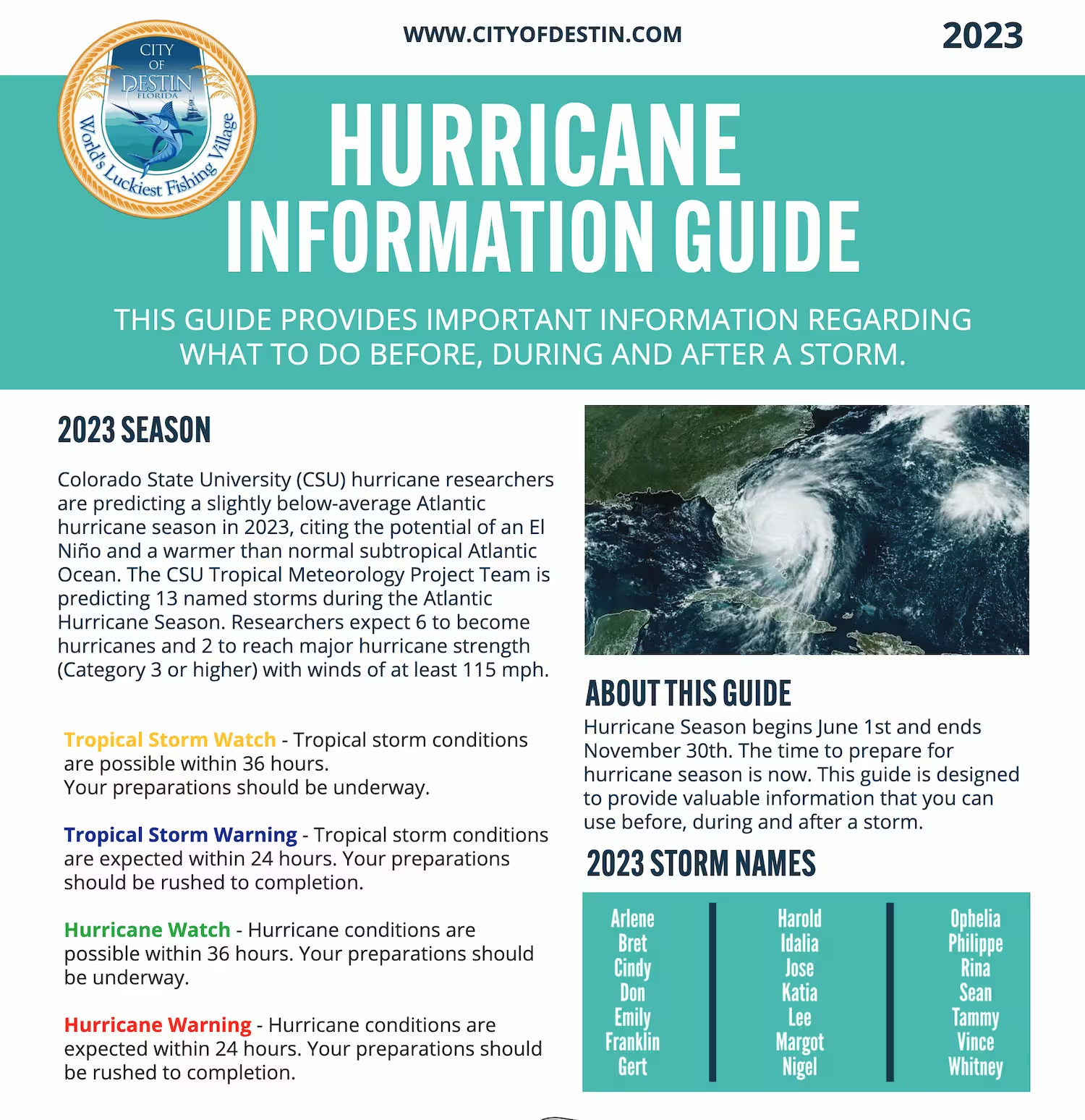We are already into the first months of 2020. How is your New Years’ resolution to exercise and lose weight going? Are you following your plans?
Last month we discussed a safe, easy way to begin an exercise program. Limited by space in the printed version, we only discussed exercise. This month let us discuss dieting!
The mainstay of weight loss is diet. Yes, of course, exercise helps, but we can lose more weight by eating correctly; in fact,
Cut calories to lose weight
Several diets are advertized or expounded
- The Paleo Diet
- The Vegan Diet
- The South Beach Diet
- The Mediterranean Diet
- Raw Food Diet
- The Keto Diet.
- The Protein Sparing diet
- The Adkins diet

Believe me, I was confounded when I looked up all the different diets in the world. Mind you, I am discussing weight-loss diets. There are diets for diabetes, hypertension, cardiac, and arthritic conditions as well. No wonder everyone is confused.
When we break all the diets down, it comes down to ONE IMPORTANT INGREDIENT. What is that?
That all reduce calorie intake.Diets restrict one or more of the food groups, and by doing so, they reduce the caloric intake in our meals.
The problem we all have is that we are not aware of the number of calories we consume, or we have changed our fat burning thermostat by skipping meals or only eating one meal a day.

The easiest and quickest way to make an essential change in your diet is to develop eating habits you can actually follow and stick with long-term.
My recommendation is that for two weeks, you eat the way you always do. But, measure the amount you eat. Please write it down and, at the end of two weeks, calculate the actual number of calories you consumed on a daily average.
Next, calculate what your Basal metabolic rate is. Basal Metabolic Rate is the number of calories required to keep your body functioning at rest. BMR is also known as your body’s metabolism; therefore, any increase to your metabolic weight, such as exercise, will increase your BMR. To get your BMR, go to Active.comhttps://www.active.com/fitness/calculators/bmr and input your height, gender, age, and weight below. Once you’ve determined your BMR, you can begin to monitor how many calories a day you need to maintain or lose.
By reducing 500 calories a day to equal 3500 calories a week is equivalent to one pound weight loss weekly.
Livestrong.com states, “The typical Big Mac Meal — which comes with a Big Mac burger, a medium order of fries and a medium soft drink — totals 1,100 calories. The meal meets more than half the total calories of an average 2,000 calorie-a-day diet!”
I am not going to tell which diet to use. Each of us eats differently. you can find a sample diet plan at https://www.goodhousekeeping.com/health/diet-nutrition/g4351/1200-calorie-diet-plan/.
There are so many. I suggest you google or go to the book store and get menu books with programs that you can follow.
Remember that once you calculate your BMR, reduce your calories by 500 to 1000 calories a day, you will be well on your way to losing weight.
Plan on 1 pound per week. That means that if you want to lose 50 pounds, that is 50 weeks to meet your goal. DO not believe in those diets that tell you you can lose 15 pounds in two weeks. Those are very difficult to maintain in the long term. Plan for the future, not for the short-lasting lose.
Good luck. If there are any questions, let me know.


